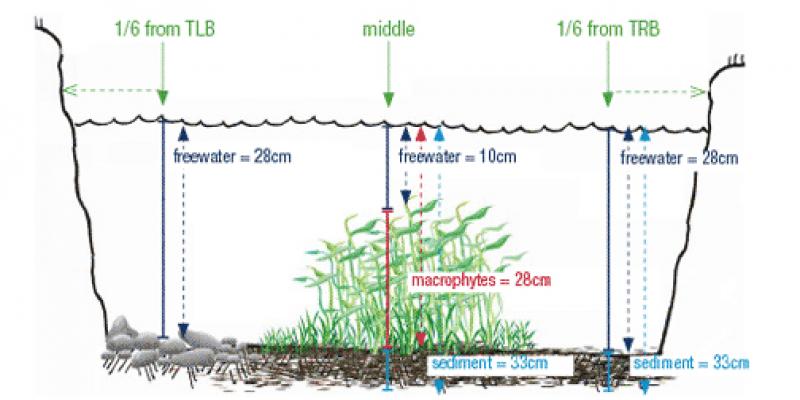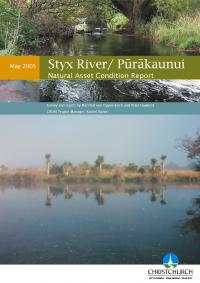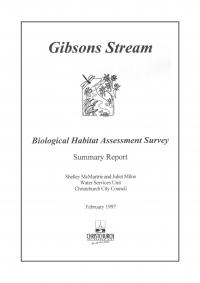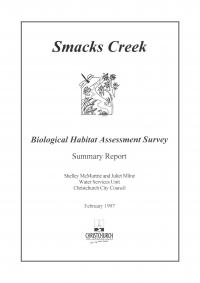Stream Profile
The term ‘stream profile’ is used to describe a cross section outline of the riverbed if drawn from one bank of the stream to the corresponding opposite bank. This cross sectional picture will show both the depth and channel width of the stream and the resulting shape of the bed of the stream.
Stream depth and channel width influence the rate of water flow in the stream. Water depth is also important to the survival of aquatic animals as water needs to be at least around 10cm deep to support fish and aquatic invertebrate life.
Stream depth and channel width, both factors that can change over a period of time, affect the types of animals that are present in a waterway.
By monitoring depth and channel width regularly, changes can be observed and any resulting variation in aquatic invertebrate communities or macrophyte growth noted. This data can also be used to determine whether changes in factors being monitored (if any) are being influenced by the altering usage of land within the catchment.
Site preparation
In order to accurately measure the velocity and depth of a selected monitoring site during the first visit some preparation is required.
Firstly the site is marked out as shown below by laying a tape measure along one of the banks for a distance of 10 metres. The site needs to be marked out at the zero, five and ten metre points. This can be done by inserting a marker peg in the ground at these three points by taking GPS readings, or by measuring and recording the distance from either the upstream or downstream point to a permanent feature such as a bridge or culvert.
Channel width is measured at each of the zero, five and ten metre points marked out on the site.
- Starting at the zero marker point measure the width of the stream channel by running a tape measure out across the channel, from the wetted edge of one bank to the wetted each of the opposite bank. Record this measurement.
- Repeat this procedure at both the five and ten metre points.
How is depth measured?
Water depth is also measured at each of the zero, five and ten metre points. It is easiest to do this at the same time as measuring the channel width as depth measurements are to be taken at three points in a straight line across the stream. The points at which depth measurement are to be taken is at the half way point across the stream and at points 1/6th of the width of the stream as taken from each stream bank.
At each of the three points across the stream the following three depth measurements are recorded using a staff gauge.
- Freewater depth: This measures the depth of water that is clear of macrophytes. The staff gauge should be resting on the top of the plants.
- Macrophyte depth: This measures the depth of the macrophytes. Care must be taken not to push the staff gauge down into any soft sediment.
- Sediment depth: This measures the depth of the fine sediment. In silty or sandy habitats apply a small amount of pressure to the gauge until resistance is met.
These nine depth measurements need to be taken at each of the zero, five and ten metre marker points.
This information, when combined with a velocity reading, makes it possible to get a rough indication of the discharge of the waterway, that is the volume of water that flows past a given point during a specific time. This is measured in cubic metres (m3) per second of time.
Discharge is calculated using the following formula: mean discharge in cubic metres per second (m3/s) = average width (metres) x average depth (metres) x average velocity (metres per second).





